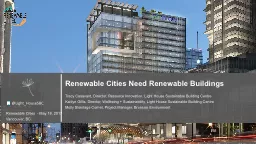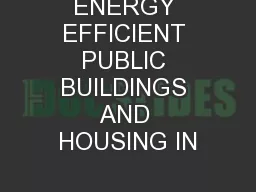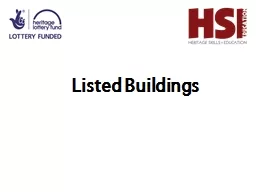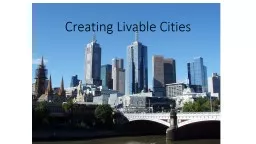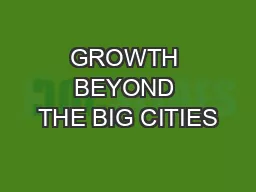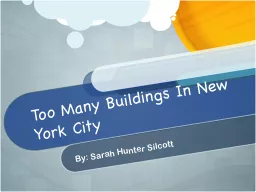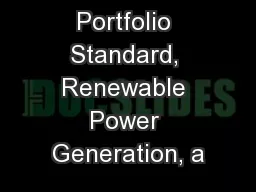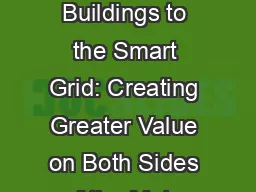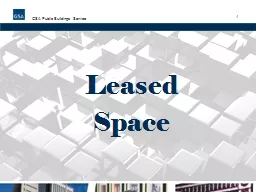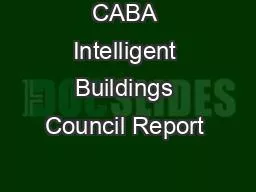PPT-Renewable Cities Need Renewable Buildings
Author : olivia-moreira | Published Date : 2018-03-08
Renewable Cities May 18 2017 Vancouver BC Tracy Casavant Director Resource Innovation Light House Sustainable Building Centre Kaitlyn Gillis Director Wellbeing
Presentation Embed Code
Download Presentation
Download Presentation The PPT/PDF document "Renewable Cities Need Renewable Building..." is the property of its rightful owner. Permission is granted to download and print the materials on this website for personal, non-commercial use only, and to display it on your personal computer provided you do not modify the materials and that you retain all copyright notices contained in the materials. By downloading content from our website, you accept the terms of this agreement.
Renewable Cities Need Renewable Buildings: Transcript
Download Rules Of Document
"Renewable Cities Need Renewable Buildings"The content belongs to its owner. You may download and print it for personal use, without modification, and keep all copyright notices. By downloading, you agree to these terms.
Related Documents

